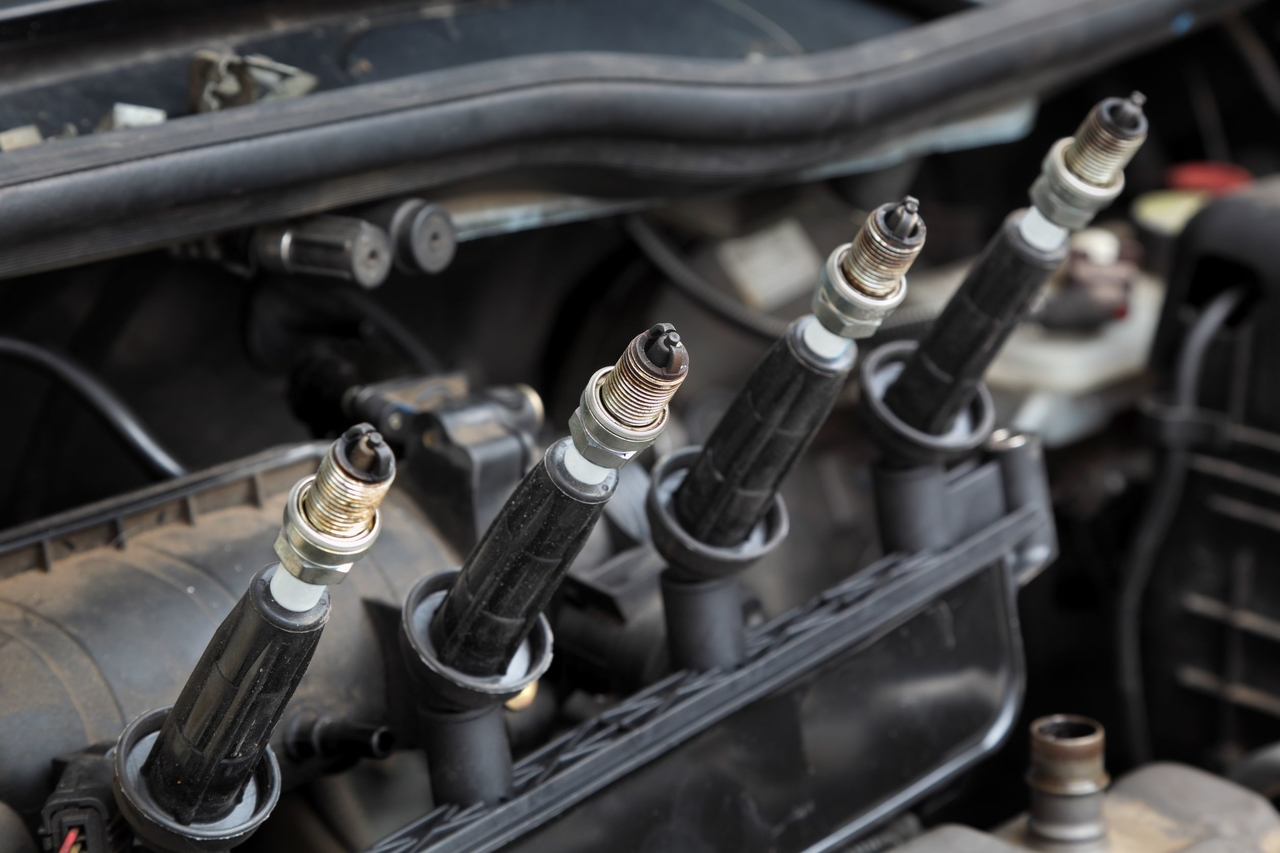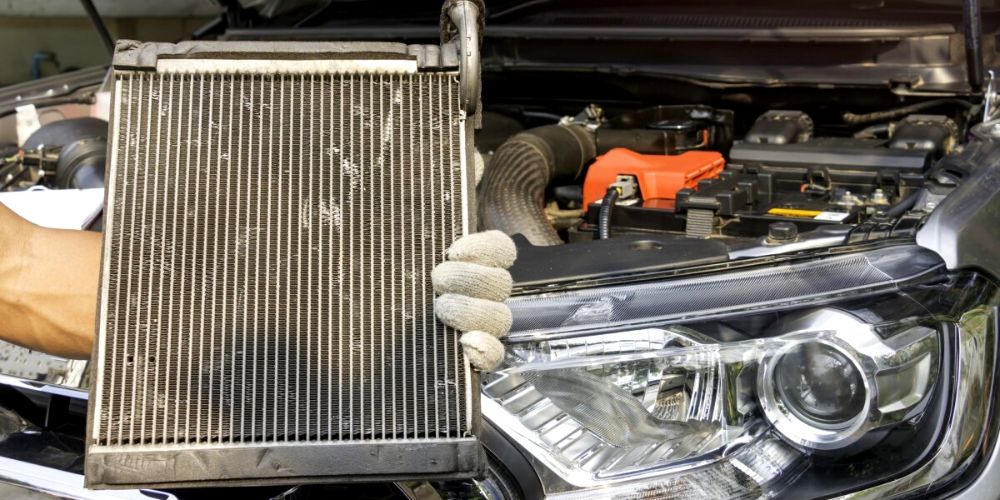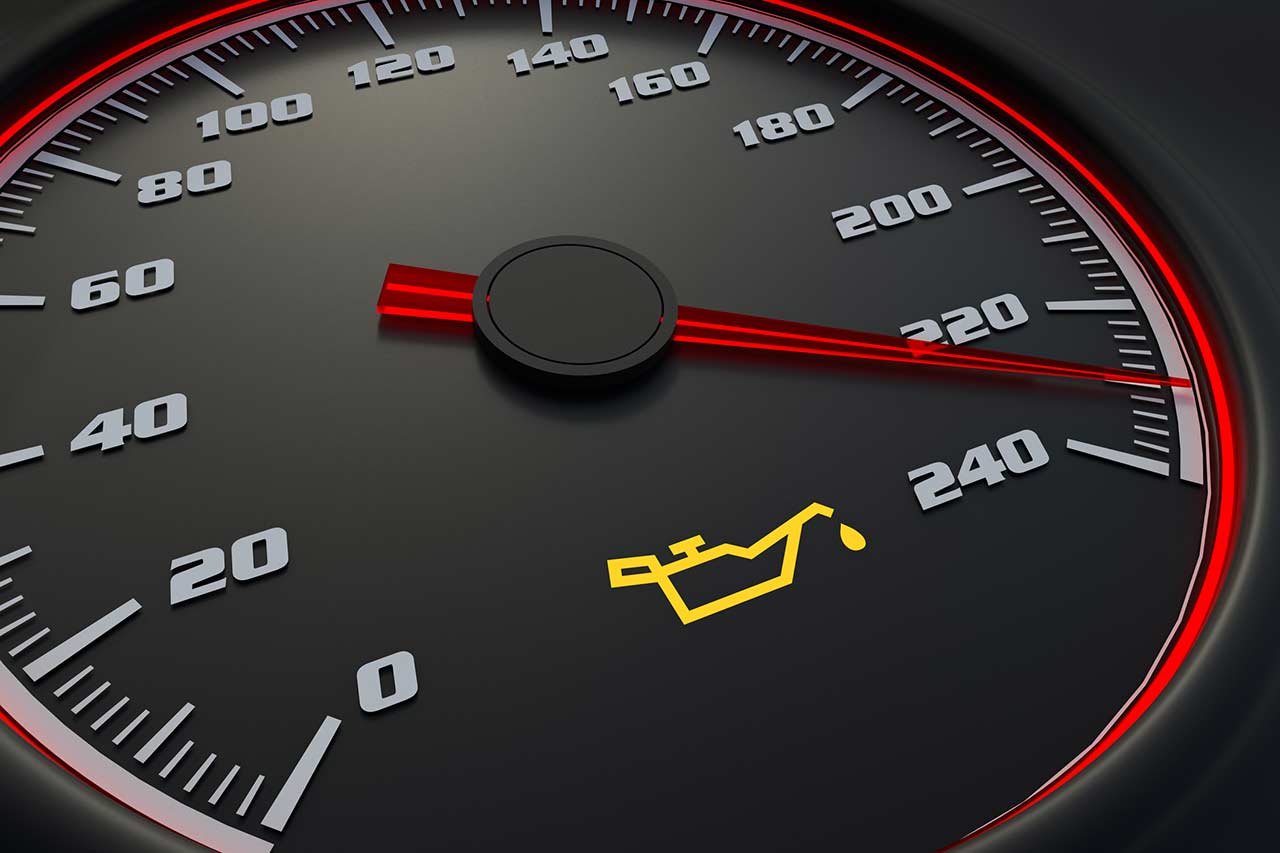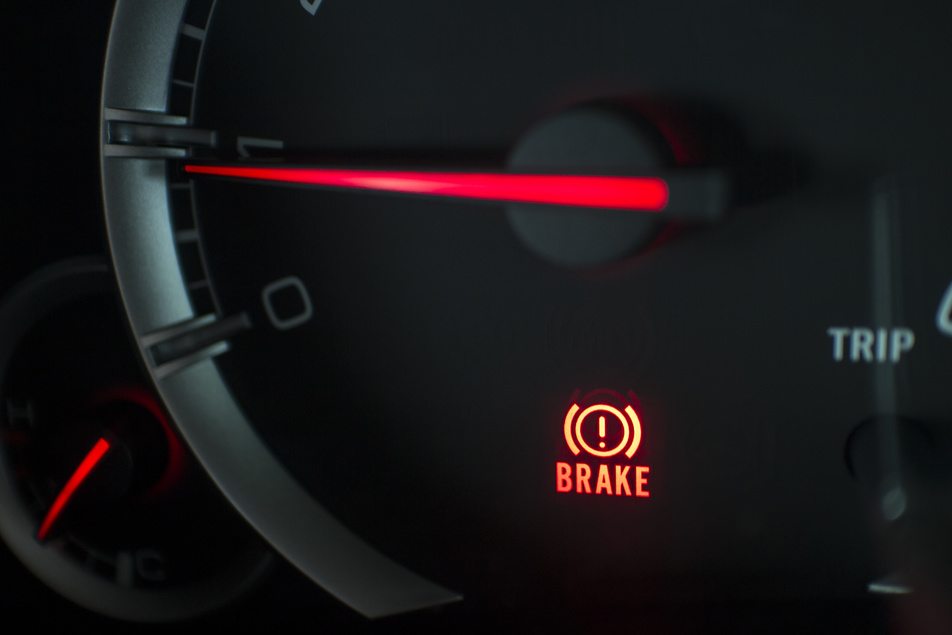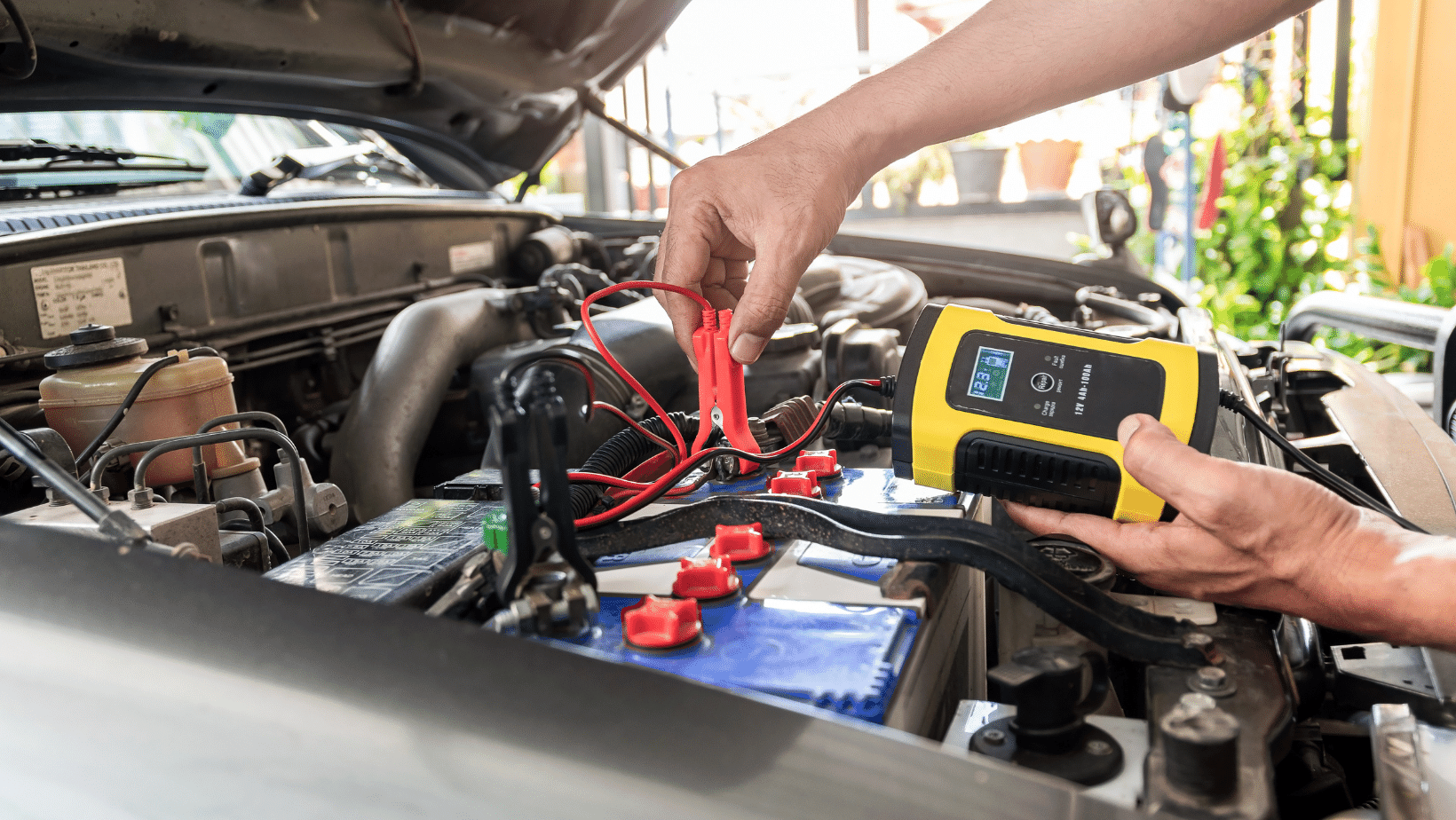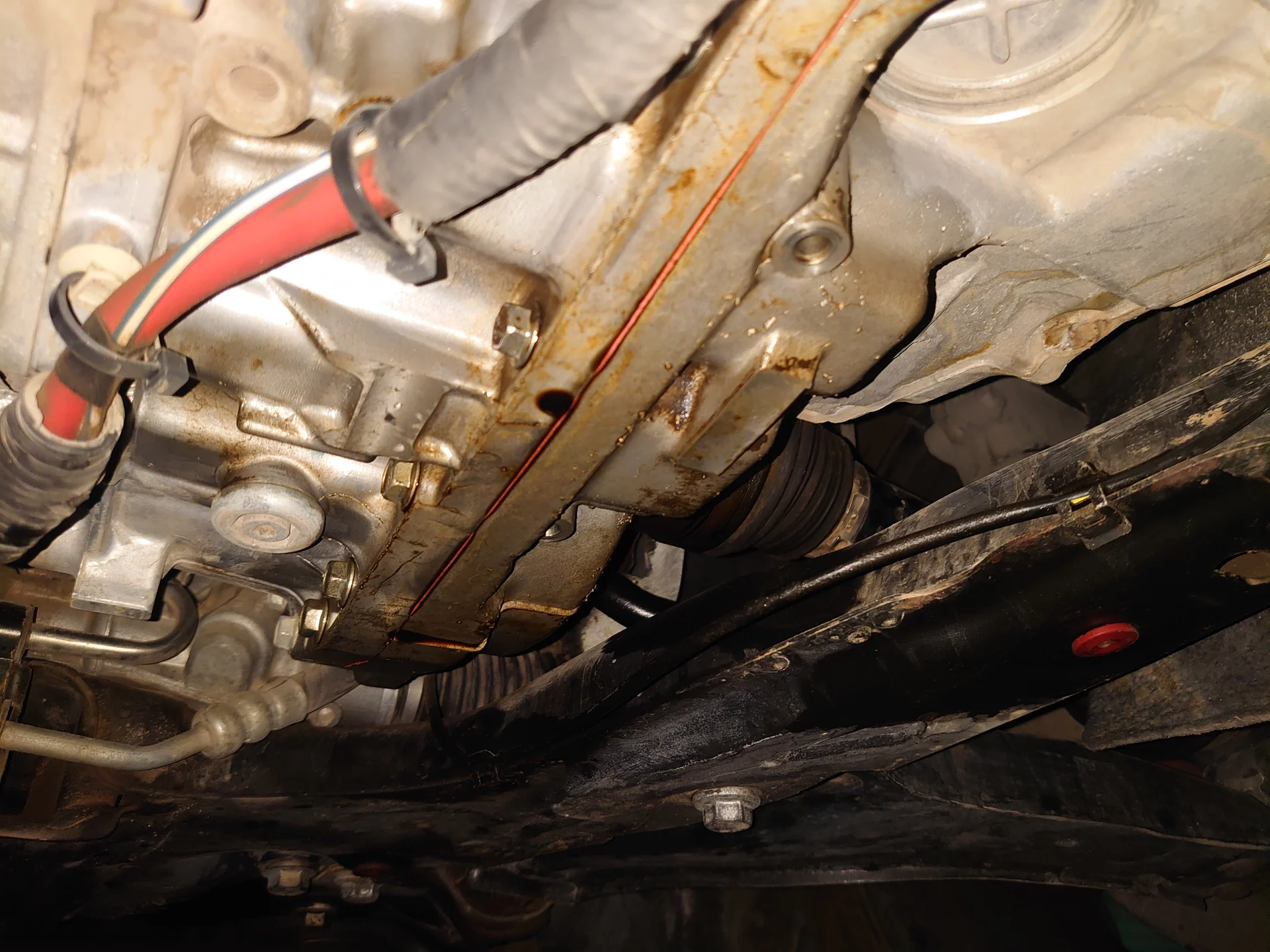Old and failing spark plugs can cause a host of problems in your engine, and it should be expected that you’ll have to change them at least a few times during the life of a vehicle. Luckily, it’s a pretty straightforward DIY that requires close attention, but not many tools. With the right know-how and a few tricks up your sleeve, changing spark plugs is a simple job with big payoffs in fuel economy and performance.
1. SOLID PREP
Get all your tools together so you don’t have to search for them in the middle of the job. This includes a few specialty tools such as a spark plug puller that will make your life easier. Also, though it is tempting to use a regular socket to remove plugs, a specialized spark plug socket (of the correct size) is the way to go because it has an interior rubber component to protect the delicate ceramic housing.
2. KEEP YOUR COOL
Always let your engine cool down completely before starting work or be prepared to get burned
3. KEEP IT CLEAN
Before removing any plugs, take a vacuum and remove any dirt or debris in the area around the spark plug. The goal is to keep dirt from falling into the combustion chambers when the plugs are out. You might also take a bit of carb cleaner just for a really nice work area that isn’t going to drop grime in if you bump it while working.
4. GO TO YOUR HOME
If you have to remove anything such as vacuum hoses, coils, or other components that might easily get confused, make sure you label before disconnecting so they can be easily reinstalled.
5. ONE BY ONE
Remove and replace plugs one at a time. This will save you the frustration of having to figure out where each wire goes later.
6. GADGET INSPECTOR
Inspect each plug as it is removed. Look for excessive carbon buildup, oil, unburned fuel, or damage to diagnose unseen engine problems. Any of these indicate a bigger problem you’ll want to figure out ASAP.
7. MIND THE GAP
Most plugs these days come pre-gapped, but you’ll want to check to make sure the gap is correct with a gauge (carefully, especially if it’s iridium) and that there is no preexisting damage.
8. KEEPING THE SPARK ALIVE
There is much debate as to the use of anti-seize coating on spark plug threads. The decision mostly comes down to the manufacturer and type of spark plug, so consult with your local store before dabbing it on. Also, throw a dab of dielectric grease at the end of the plug wires.
9. SPARKING JOY
Start each plug into the engine by hand to avoid cross-threading at all costs. Once you get it in securely by hand, use a torque wrench to torque precisely as indicated by your owner’s manual.
10. WELL ADJUSTED
Make sure when the wires are installed on the new plugs that they seat fully. You’ll feel a small pop to know that they’re in.

